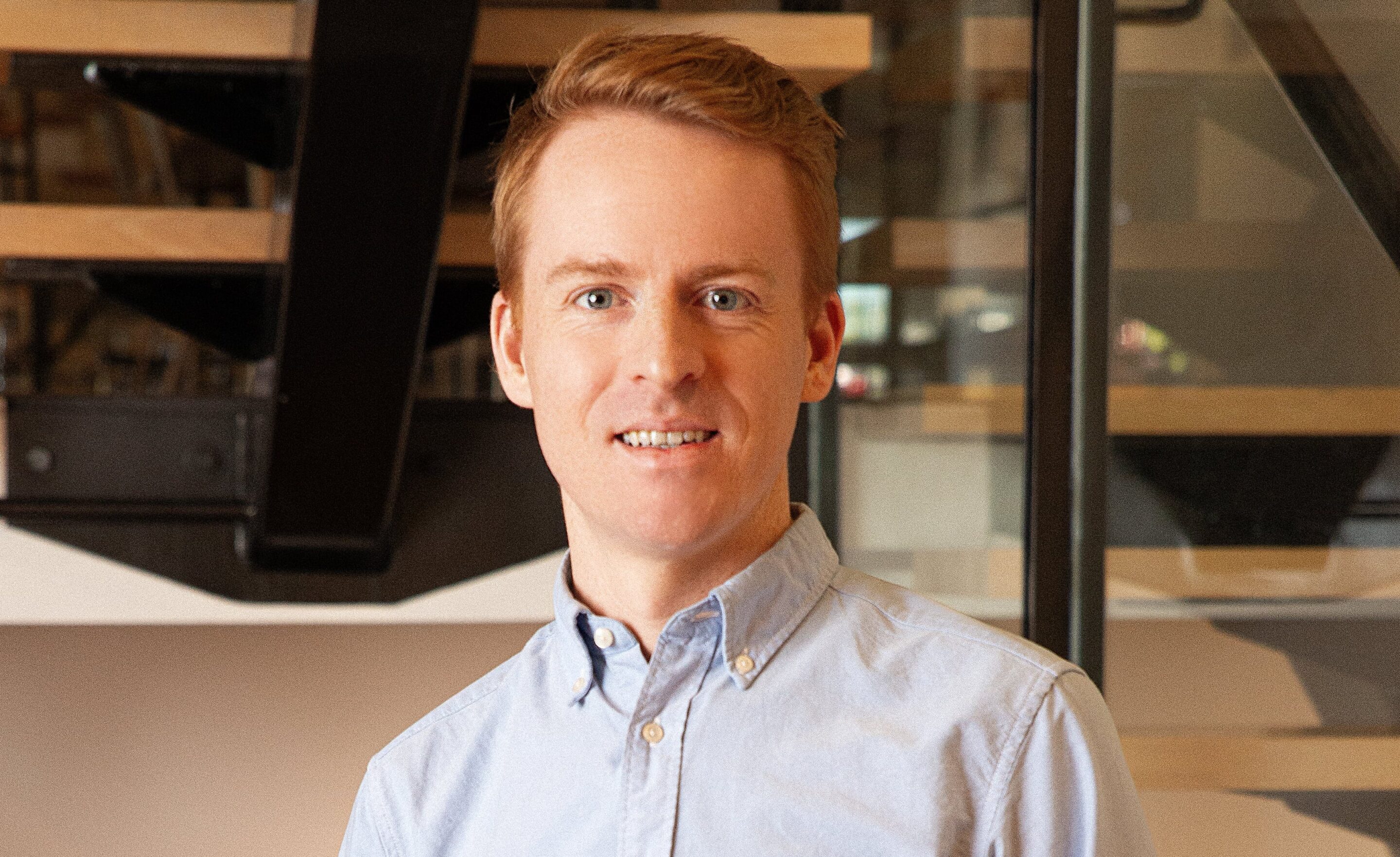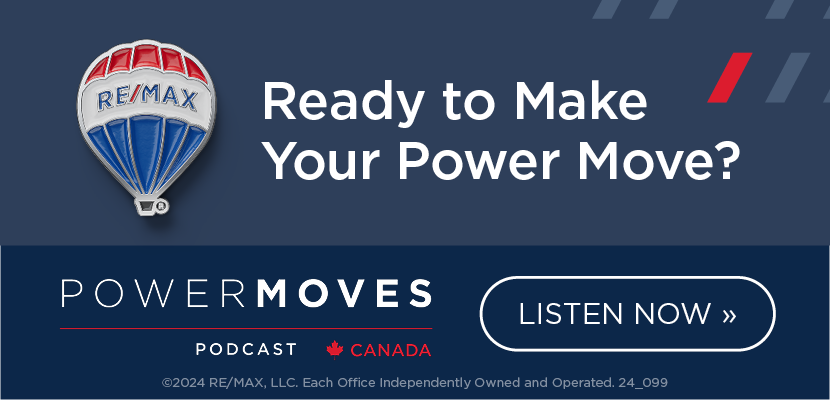Over the last few years, the financial landscape has undergone a major shift, with the cost of living crisis casting a shadow on the traditional notions of financial security in retirement.
From skyrocketing house prices to rising costs of healthcare and everyday essentials, the gap between what seniors want and what is realistic when it comes to aging in place is growing significantly.
Research from the National Research Council Canada found that if given the choice, 85 per cent of Canadians would prefer to age in place. Meaning it’s time to acknowledge the new reality Canadians are facing and equip them with the tools they need to make informed decisions about their financial future from planning pre- and post-retirement.
The reverse mortgage
One often misunderstood solution is the reverse mortgage. A reverse mortgage helps homeowners over the age of 55 age in place by providing them access to equity in their home to support general or unexpected expenses, give a living inheritance to their loved ones, or fund home renovations.
Empowering aging in place
A reverse mortgage can be a lifeline for homeowners 55 and above, offering them the means to age in place gracefully. Contrary to traditional mortgages, it doesn’t burden them with monthly payments.
Instead, it furnishes tax-free funds, with interest accruing over time and the loan becoming due upon the homeowner’s passing or decision to sell. Crucially, beneficiaries still retain access to vital benefits such as Old Age Security.
Meeting diverse needs
The beauty of a reverse mortgage lies in its versatility. For homeowners burdened with monthly mortgage payments, it liberates them from this financial strain, putting more money back in their pockets. Others may utilize the funds for renovations, supporting their children or addressing unexpected expenses. It’s a flexible tool tailored to meet the unique needs of each individual client.
Addressing retirement concerns
In today’s economic landscape, retirement planning is fraught with concerns about rising costs and dwindling savings. A study done by Angus Reid earlier this year underscores this apprehension, with 67 per cent of Canadian homeowners aged 55 and above expressing worries about maintaining their lifestyle throughout retirement.
Real estate is often their most valuable asset, presenting a viable opportunity. With property prices where they are, tapping into home equity sustainably and responsibly has become a major source of financial relief for those who are “house rich” but still struggling to live the comfortable retirement they desire.
Common misconceptions
Despite the benefits, reverse mortgages are often surrounded by negative myths and misconceptions. Let’s set the record straight.
Myth: You no longer own your home with a reverse mortgage.
Reality: With a reverse mortgage, homeowners retain 100 per cent ownership of their property.
Myth: You may owe more than what your home is worth.
Reality: Legitimate reverse mortgage providers offer a no-negative-equity guarantee, which ensures that homeowners or their heirs will never owe more than the fair market value of the home.
Myth: Your children will lose the family home.
Reality: The estate retains ownership of the home, offering heirs the opportunity to refinance or settle the mortgage through alternative means.
Myth: There will be no equity in the home to give to your heirs.
Reality: Despite the loan balance, homeowners or their heirs often retain considerable equity, especially in a rising home price environment.
Reverse mortgages represent a powerful tool in retirement planning and post-retirement, offering financial security, flexibility and peace of mind. As trusted advisors, we need to ensure clients are well-informed and guide them toward a retirement characterized by financial freedom and stability.

Ben McCabe is the founder & CEO of Bloom Finance, helping Canadian homeowners 55+ access the wealth they’ve built in their homes securely and responsibly.















